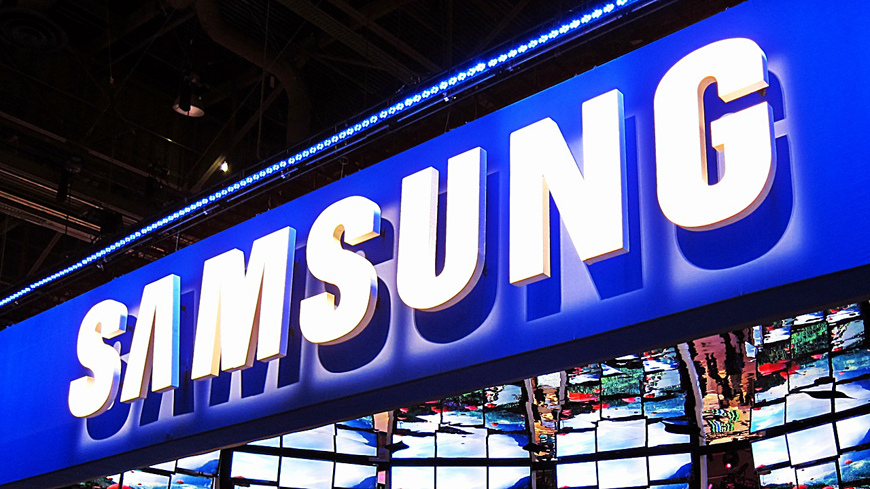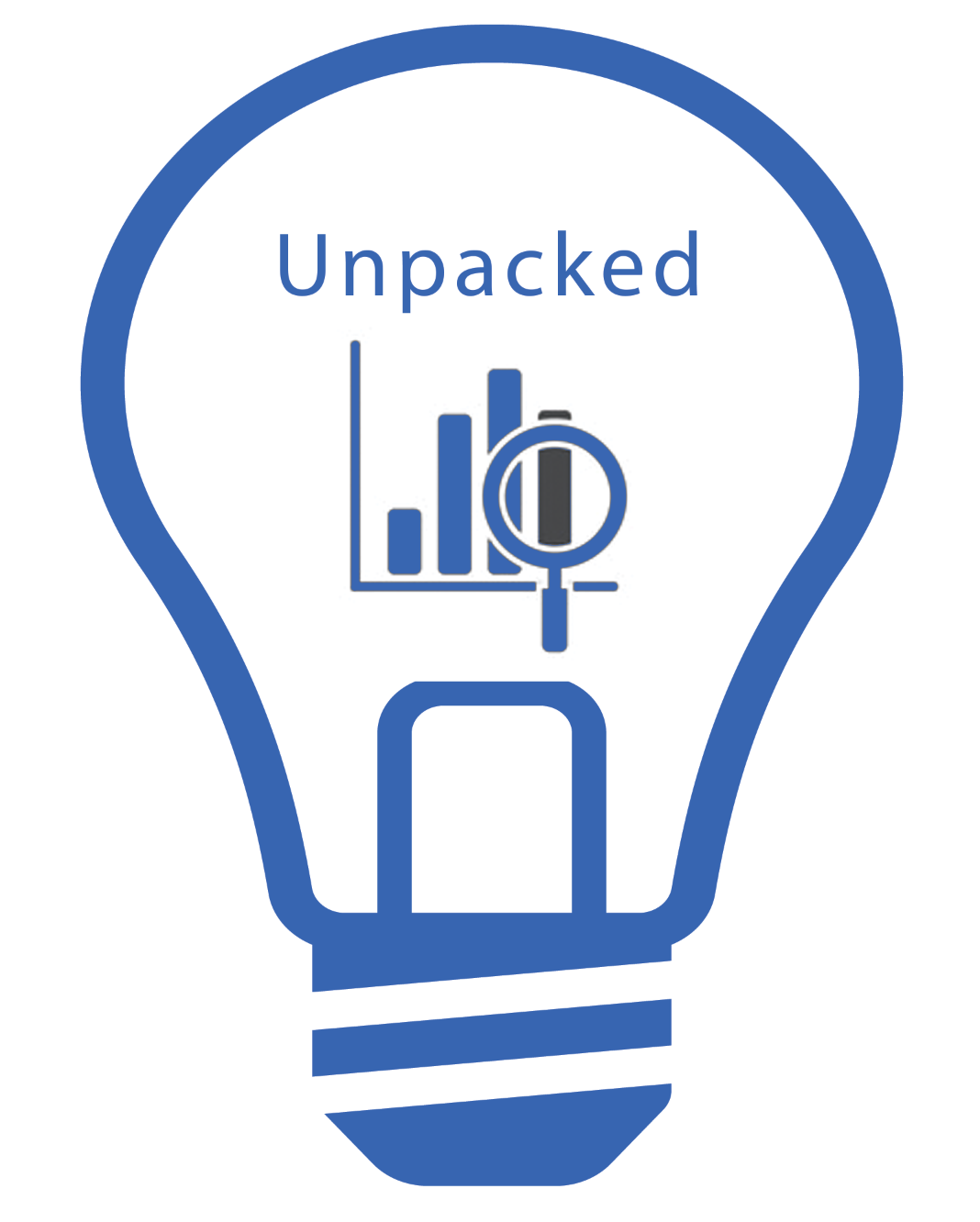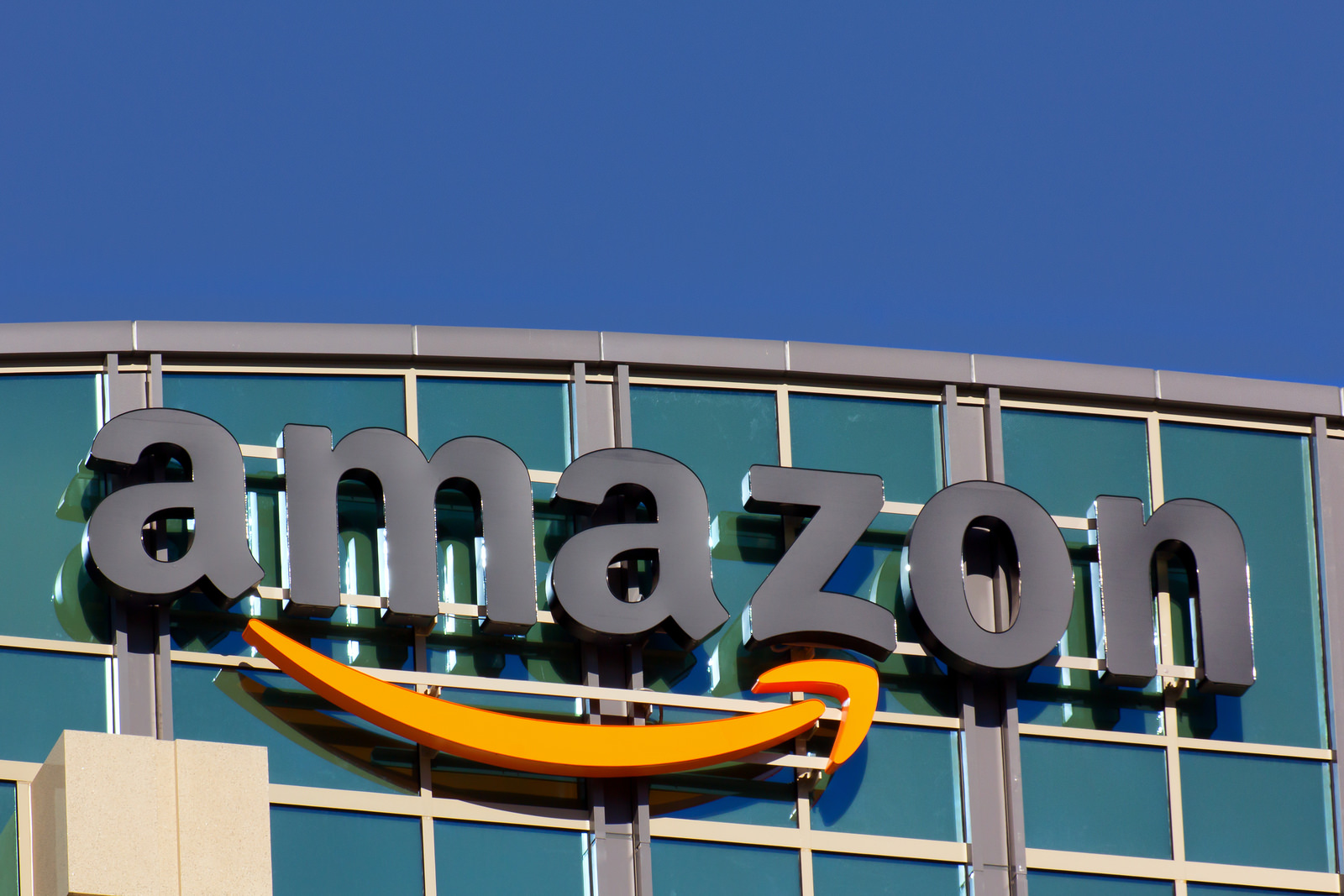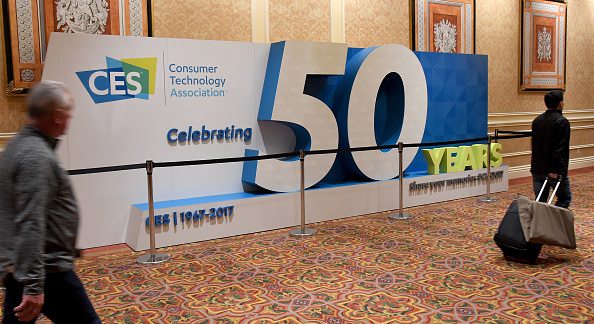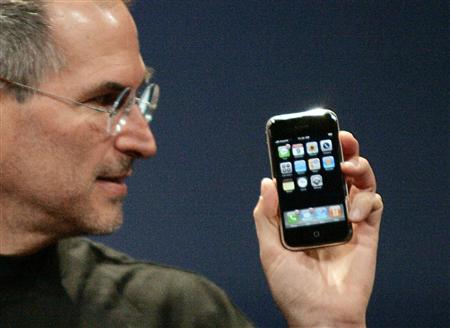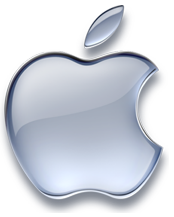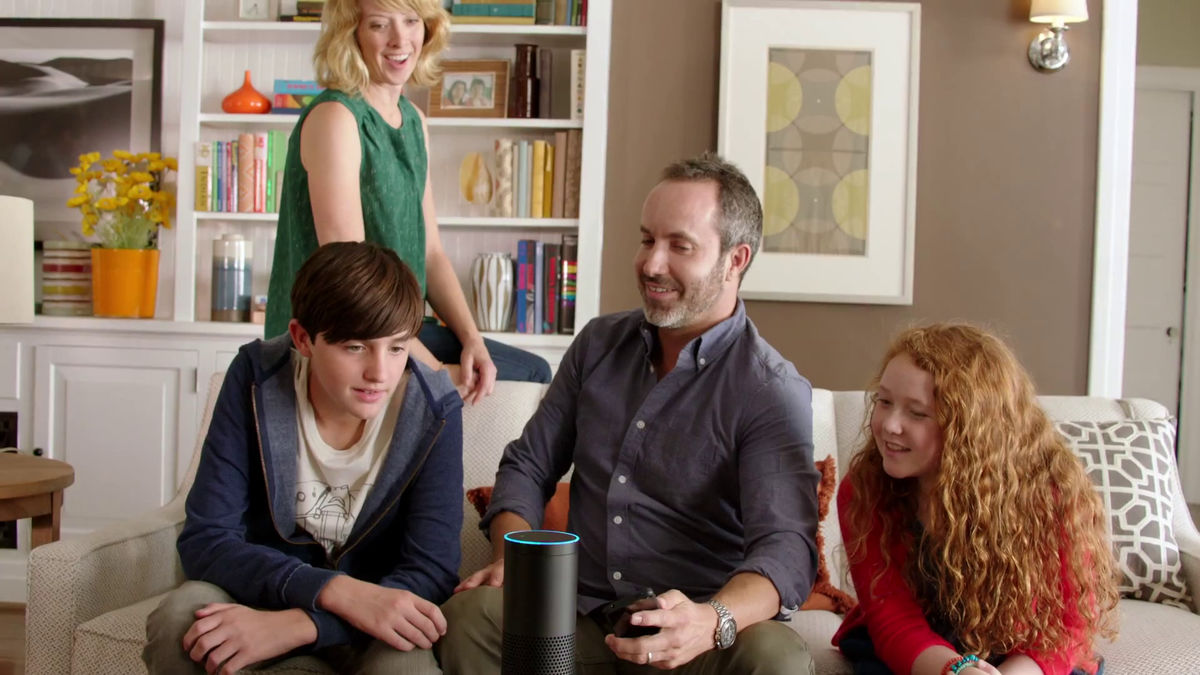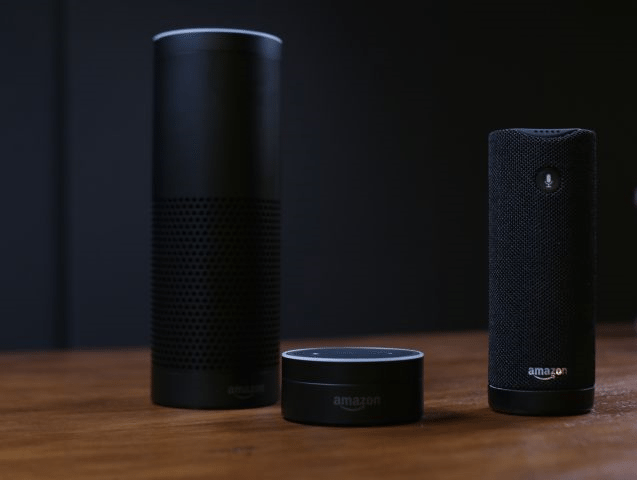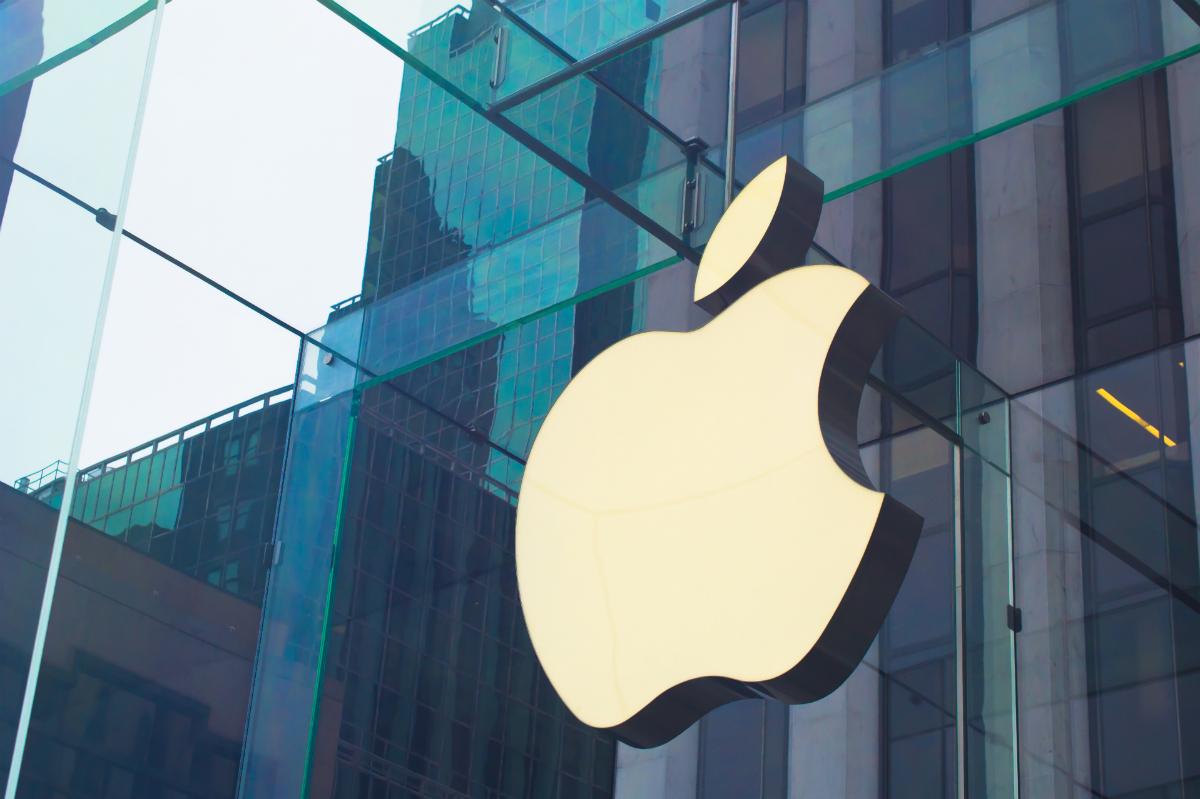Predicting the future is more art than science, yet it’s always an interesting exercise to engage in as a new year comes upon us. So with the close of what was a difficult, though interesting year in the technology business, here’s a look at my predictions for the top 10 tech developments of 2017.
Prediction 1: Device Categories Start to Disappear
One of the key metrics for the relative health of the tech industry has always been the measurement of unit shipments and/or revenues for various categories of hardware-based tech devices. From PCs, tablets and smartphones, through smartwatches, smart TVs and head-mounted displays, there’s been a decades-long obsession with counting the numbers and drawing conclusions from how the results end up. The problem is, the lines between these categories have been getting murkier and more difficult to distinguish for years, making what once seemed like well-defined groupings become increasingly arbitrary.
In 2017, I expect the lines between product categories to become even blurrier. If, for example, vendors build hand-held devices running desktop operating systems that can also snap into or serve as the primary interface for a connected car and/or a smart home system, what would you call that and how would you count it? With increasing options for high-speed wireless connectivity to accessories and other computing devices, combined with OS-independent tech services, bots, and other new types of software interaction models, everything is changing.
Even what first appear as fairly traditional devices are going to start being used and thought of in very different ways. The net result is that the possibility for completely blowing up traditional categorizations will become real in the new year. Because of that, it’s going to be time to start having conversations on redefining how the industry thinks about measuring, sizing, and assessing its health moving forward.
Prediction 2: VR/AR Hardware Surpasses Wearables
Though it’s still early days for head-mounted virtual reality (VR) and augmented reality (AR) products, the interest and excitement about these types of devices is palpable. Yes, the technologies need to improve, prices need to decrease, and the range of software options needs to widen, but people who have had the opportunity to spend some time with a quality system from the likes of HTC, Oculus, or Sony are nearly universally convinced that they’ve witnessed and partaken in the future. From kids playing games to older adults exploring the globe, the range of experiences is growing, and the level of interest is starting to bubble up past enthusiasts into the mainstream.
Wearables, on the other hand, continue to face lackluster demand from most consumers, even after years of mainstream exposure. Sure, there are some bright spots and 2017 is bound to bring some interesting new wearable options, particularly around smart, connected earbuds (or “hearables” as some have dubbed them). Overall, though, the universal appeal for wearables just isn’t there. In fact, it increasingly looks like smartwatches and other widely hyped wearables are already on the decline.
As a result, I expect revenues for virtual reality and augmented reality-based hardware devices (and accessories) will surpass revenues for the wearables market in 2017. While a clear accounting is certainly challenging (see Prediction 1), we can expect about $4 billion worldwide for AR/VR hardware versus $3 billion for wearables. Because of lower prices per unit for fitness-focused wearables, the unit shipments for wearables will still be higher, but from a business perspective, it’s clear that AR/VR will steal the spotlight from wearables in 2017.[pullquote]From a business perspective, it’s clear that AR/VR will steal the spotlight from wearables in 2017.”[/pullquote]
Prediction 3: Mobile App Installs Will Decline as Tech Services Grow
The incredible growth enabler and platform driver that mobile applications have proven to be over most of the last decade makes it hard to imagine a time when they won’t be that relevant, but I believe 2017 will mark the beginning of that unfathomable era. The reasons are many: worldwide smartphone growth has stalled, app stores have become bloated and difficult to navigate, and, most importantly, the general excitement level about mobile applications has dropped to nearly zero. Study after study has shown that the vast majority of apps that get downloaded rarely, if ever, get used, and most people consistently rely on a tiny handful of apps.
Against that depressing backdrop, let’s also not forget that the platform wars are over and lots of people won, which means, really, that nobody won. It’s much more important for companies who previously focused on applications to offer a service that can be used across multiple platforms and multiple devices. Sure, they may still make applications, but those applications are just front-ends and entry points for the real focus of their business: a cloud-based service.
Popular subscription-based tech services such as Netflix and Spotify are certainly both great example and beneficiaries of this kind of move, but I expect to see many different flavors of services grow stronger in 2017. From new types of bot-based software to “invisible” voice-driven interaction models, the types services that we spend a lot of our 2017 computing time on will be much different than in the mobile apps era.
Prediction 4: Autonomous Drive Slows, But Assisted Driving Soars
There’s no question that autonomous driving is going to be a critical trend for tech industry and automotive players in 2017, but as the reality of the technical, regulatory, and standards-based challenges of creating truly autonomous cars becomes more obvious in the new year, there’s also no question that timelines for these kinds of automobiles will be extended in 2017. Already, some of the early predictions for the end of the decade or 2020 have been moved into 2021, and I predict we’ll see several more of these delays in the new year.
This doesn’t mean a lot of companies—both mainstream and startup—won’t be working on getting these cars out sooner. They certainly will, and we should hear an avalanche of new announcements in the autonomous driving field throughout the year from component makers, Tier 1 suppliers, traditional tech companies, auto makers and more. Still, this is very hard stuff (both technically and legally) and technology that potentially places people’s lives at stake is a lot different than what’s required to generate a new gadget. It cannot, nor should it be, released at the same pace that we’ve come to expect from other consumer devices. If, God forbid, we see some additional fatalities in the new year that stem from faulty autonomous driving features, the delays in deployment could get much worse, especially if they happen via a ridesharing service or other situation where ultimate liability isn’t very clear.
In spite of these concerns, however, I am convinced that we will see some critical new advancements in the slightly less sexy, but still incredibly important field of assisted driving technologies. Automatic breaking, car-assisted crash avoidance and other practical assisted driving benefits that can leverage the same kind of hardware and artificial intelligence (AI)-based software that’s being touted for fully autonomous driving will likely have a much more realistic impact in 2017. Truth be told, findings from a TECHnalysis Research study show that most consumers are more interested in these incremental enhancements anyway, so this could (and should) be a case where the current technologies actually match the market’s real needs.
Prediction 5: Smart Home Products Consolidate
Most of the early discussions around the smart home market has been for standalone products, designed to do a specific function and meant to be installed by the homeowner or tenant. The Nest thermostat, August smart lock, and various security camera systems are classic examples of this. Individually, many of these products work just fine, but as interested consumers start to piece together different elements into a more complete smart home system, problems quickly become apparent. The bewildering array of different technical standards, platforms, connectivity requirements and more often turn what should be a fun, productive experience into a nightmare. Unfortunately, the issue shows few signs of getting better for most people (though Prediction 6 offers one potential solution.)
Despite these concerns, there is growing interest in several areas related to smart homes including distributed audio systems (a la Sonos), WiFi extenders and other mesh networking products, and smart speakers, such as Amazon’s Echo. Again, connecting all these products can be an issue, but so are more basic concerns such as physical space, additional power adapters/outlets, and all the other aspects of owning lots of individual devices.
Because of these issues, I predict we’ll start to see new “converged” versions of these products that combine a lot of functionality in 2017. Imagine a device, for example, that is a high-quality connected audio speaker, WiFi extender and smart speaker all in one. Not only will these ease the setup and reduce the physical requirements of multiple smart home products, they should provide the kind of additional capabilities that the smart home category needs to start appealing to a wider audience.
Another possibility (and something that’s likely to occur simultaneously anyway), is that the DIY market for smart home products stalls out and any potential growth gets shifted over to service providers like AT&T, Comcast, Vivint and others who offer completely integrated smart home systems. Not only do these services now incorporate several of the most popular individual smart home items, they’ve been tested to work together and give consumers a single place to go for support.
Prediction 6: Amazon Echo Becomes De Facto Gateway for Smart Homes
As mentioned in Prediction 5, one of the biggest challenges facing the smart home market is the incredibly confusing set of different standards, platforms, and protocols that need to be dealt with in order to make multiple smart home products work together. Since it’s extremely unlikely that any of these battles will be resolved by companies giving up on their own efforts and working with others (as logical and user-friendly as that would be), the only realistic scenario is if one device becomes a de facto standard.
As luck would have it, the Amazon Echo seems to have earned itself that de facto linchpin role in the modern smart home. Though the Echo and its siblings are expected to see a great deal of competition in 2017, the device’s overall capabilities, in conjunction with the open-ended Skills platform that Amazon created for it, are proving a winning combination. Most importantly, the Echo’s Smart Home Skill API is becoming the center point through which many other smart home devices can work together. In essence, this is turning the Echo into the key gateway device in the home, allowing it to essentially “translate” between devices that might not otherwise be able to easily work together.
While other devices and dedicated gateways have tried to offer these capabilities, the ongoing success and interest in the Echo (and any ensuing variants) will likely make it the critical component in smart homes for 2017.[pullquote]The Amazon Echo’s Skills platform is becoming the center point through which other smart home devices can work together.”[/pullquote]
Prediction 7: Large Scale IoT Projects Slow, But Small Projects Explode
The Internet of Things (IoT) is all the buzz in large businesses today, with lots of companies spending a great deal of time and money to try to cash in on the hot new trend. As a number of companies have started to discover, however, the reality of IoT isn’t nearly as glamorous as the hype. Not only do many IoT projects require bringing together disparate parts of an organization that don’t always like, or trust, each other (notably, IT and operations), but measuring the “success” of these projects can be even harder than the project itself.
On top of that, many IoT projects are seen as a critical part of larger business transformations, a designation that nearly guarantees their failure. Even if they aren’t part of a major transformation, they still face the difficulty of making sense of the enormous amount of data that instrumenting the physical world (a fancy way of saying collecting lots of sensor data) entails. They may generate big data, but that certainly doesn’t always translate to big value. Even though analytics tools are improving, sometimes it’s just the simple findings that make the biggest difference.
For this reason, the potential for IoT amongst small or even tiny businesses is even larger. While data scientists may be required for big projects at big companies, just a little common sense in conjunction with only a few of the right data points can make an enormous difference with these small companies. Given this opportunity, I expect a wide range of simple IoT solutions focused on traditional business like agriculture and small-scale manufacturing to make a big impact in 2017.
Prediction 8: AI-Based Bots Move to the Mainstream
It’s certainly easy to predict that Artificial Intelligence (AI) and Deep Learning will have a major impact on the tech market in 2017, but it’s not necessarily easy to know exactly where the biggest benefits from these technologies will occur. The clear early leaders are applications involving image recognition and processing (often called machine vision), which includes everything from populating names onto photos posted to social media, to assisted and autonomous driving features in connected cars.
Another area of major development is with natural language processing, which is used to analyze audio and recognize and respond to spoken words. Exciting, practical applications of deep learning applied to audio and language include automated, real-time translation services which can allow people who speak different languages to communicate with each other using their own, familiar native tongue.
Natural language processing algorithms are also essential elements for chatbots and other types of automated assistance systems that are bound to get significantly more popular in 2017, particularly in the US (which is a bit behind China in this area). From customer assistance and technical support agents, through more intelligent personal assistants that move with you from device to device, expect to have a lot more interactions with AI-driven bots in 2017.
Prediction 9: Non-Gaming Applications for AR and VR Grow Faster than Gaming
Though much of the early attention in the AR/VR market has rightfully been focused on gaming, one of the main reasons I expect to see a healthy AR/VR hardware environment in the new year is because of the non-gaming applications I believe will be released in 2017. The Google Earth experience for the HTC Vive gave us an early inkling of the possibilities, but it’s clear that educational, training, travel and experiential applications for these devices offer potential for widespread appeal beyond the strong, but still limited, hard-core gaming market.
Development tools for non-gaming AR and VR applications are still in their infancy, so this prediction might take two years to completely play itself out. However, I’m convinced that just as gaming plays a critical but not overwhelming role in the usage of smartphones, PCs and other computing devices, so too will it play an important but not primary role for AR and VR devices. Also, in the near term, the non-gaming portion of AR and VR applications is quite small, so from a growth perspective, it should be relatively easy for these types of both consumer and business-focused applications to grow at a faster pace than gaming apps this year.
Prediction 10: Tech Firms Place More Emphasis on Non-Tech Fields
While many in the tech industry have great trepidation about working under a Trump administration for the next several years, the incoming president’s impact could lead to some surprisingly different means of thinking and focus in the tech industry. Most importantly, if the early chatter about improvements to infrastructure and enhancements to average citizen’s day-to-day lives come to pass, I predict we will see more tech companies making focused efforts on applying their technologies to non-tech fields, including agriculture, fishing, construction, manufacturing, and many more.
While the projects may not be as big, as sexy or as exciting as building the coolest new gadgets, the collective potential benefits could prove to be much greater over time. Whether it’s through simple IoT-based initiatives or other kinds of clever applications of existing or new technologies, the opportunity for the tech industry to help drive the greater good is very real. It’s also something I hope they take seriously. Practical technologies that could improve the crop yields by only a few percent of not just a few of the richest farms, but of all the smallest farms in the US, for example, could have an enormously positive impact on the US economy, as well as the general population’s view of the tech industry.
Some of these types of efforts are already underway with smaller agro tech firms, but I expect more partnerships or endeavors from bigger firms in 2017.
